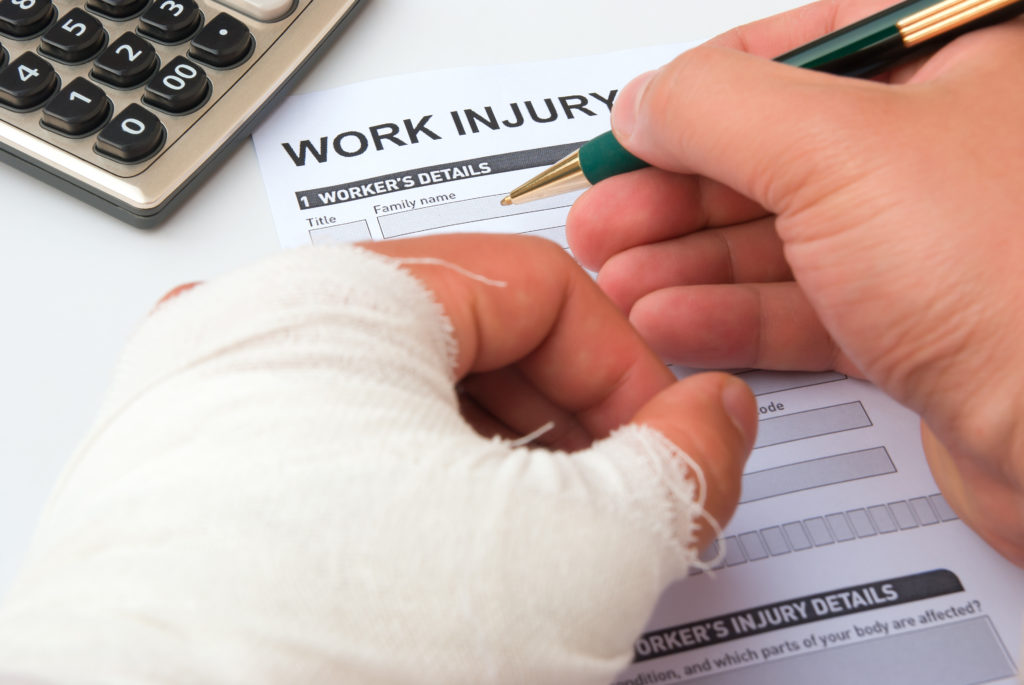
Personal Protective Equipment provides protection to the wearer against certain risks of health and safety at work. It covers a vast array of items including, masks, helmets, gloves, googles, footwear, ear protection and high visibility clothing. Employers have obligations relating to the procurement and use of personal protective equipment (PPE) in the workplace. When employees are assured that their company cares for their health and safety, the workplace will surely flourish.
You should also take into consideration that PPE does not include items such as ordinary workwear, clothing for food hygiene purposes, bicycle and motorcycle helmets, portable detection devices and weapons used for self defence or as a deterrent.
PPE is really a last resort and should only be considered where the hazard that it will be protecting you from cannot be removed or controlled in order to prevent harm. It should always be used alongside other precautionary measures.
PPE is just as important as other methods of risk control even though it may be at the bottom of the priority list. It has a critical role when it comes to protecting people, without it, in circumstances where other safety measures and interventions are inadequate, employees could be left completely defenceless.
Here are some examples of injuries it can help to provide protection against:
With the current pandemic sweeping the nation, some PPE items and respiratory protective equipment are probably more essential than ever as more and more people are needing to use them. Healthcare workers rely heavily on such equipment to protect both themselves and their patients. They require items such as visors, face masks, gloves, gowns and aprons but unfortunately, shortages are leaving doctors, nurses and other frontline workers inadequately equipped.

It is easy to see how PPE plays such an important factor in prevention and reduction of deaths, injuries and illnesses in the workplace worldwide. Just to make it clear, here are some facts:
Yes! There is an exhaustive list of legislation relating to PPE. Some of the key ones include:
One, single accident or injury at work could cost a company more than the price it would have cost to provide a missed piece of PPE. The costs involved are extremely high with an annual cost of £14.9 billion owing to injuries and ill health caused by working conditions and over 2 million working days are lost due to work related injuries and illnesses. This does not cover the emotional and personal costs involved with more serious accidents or even loss of life in the workplace.

However, following the correct guidance and providing the necessary PPE you can keep yourself and your staff safe and enjoy all of the rewards that come with it.
Here at SHD Medical we have a great selection of PPE for you to choose from in order to ensure that you are doing what you can to keep everyone safe. To browse our range and current offers click here.
Sources:
https://www.swift360.co.uk/the-ultimate-ppe-guide/#Section0
https://www.shponline.co.uk/ppe-personal-protective-equipment/
https://www.hse.gov.uk/toolbox/ppe.htm